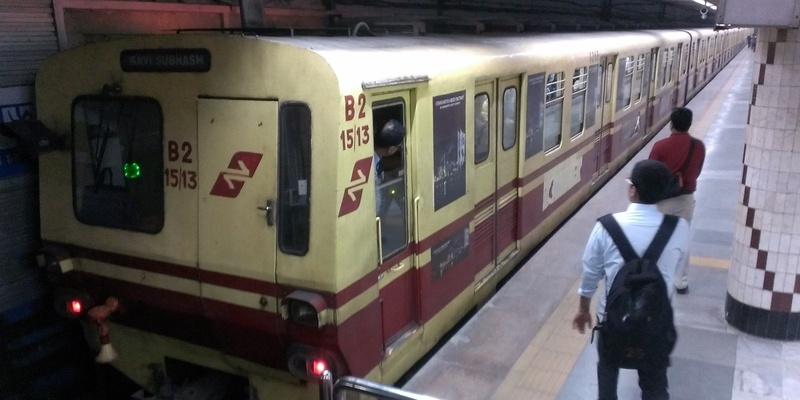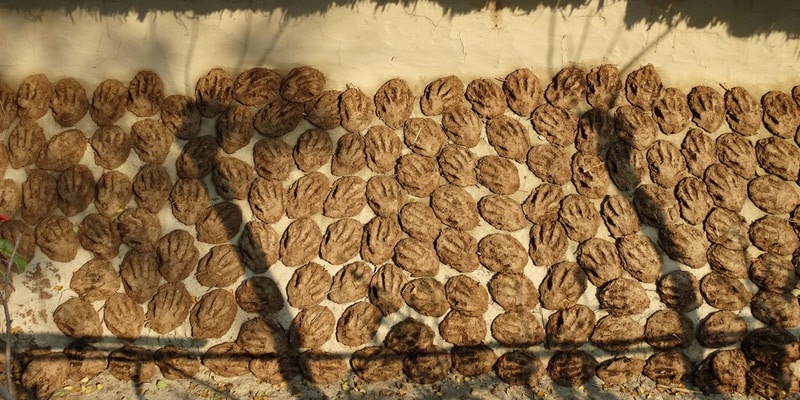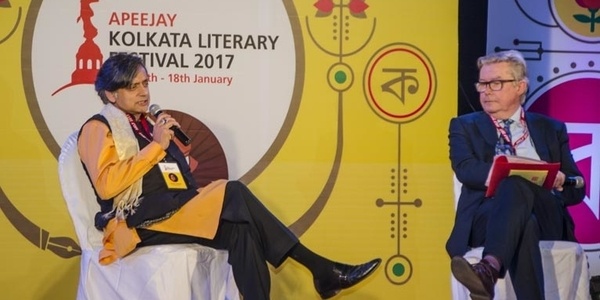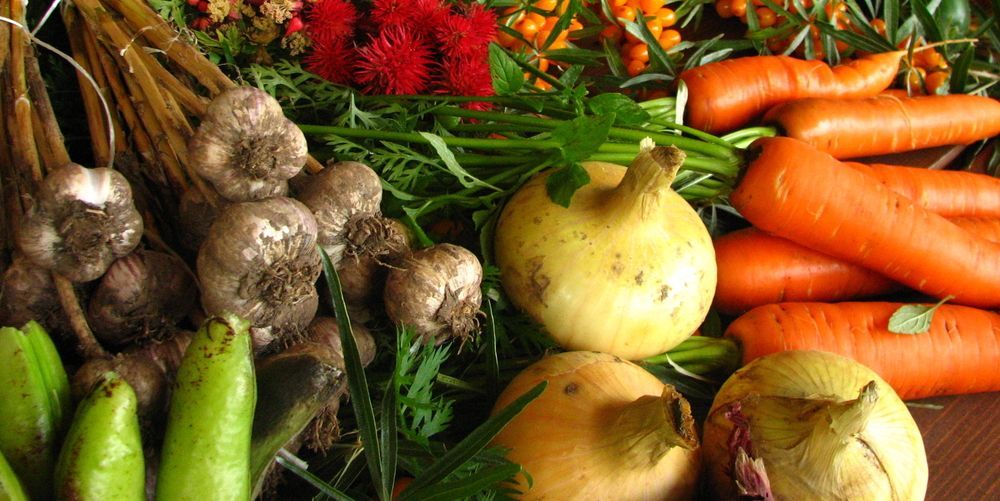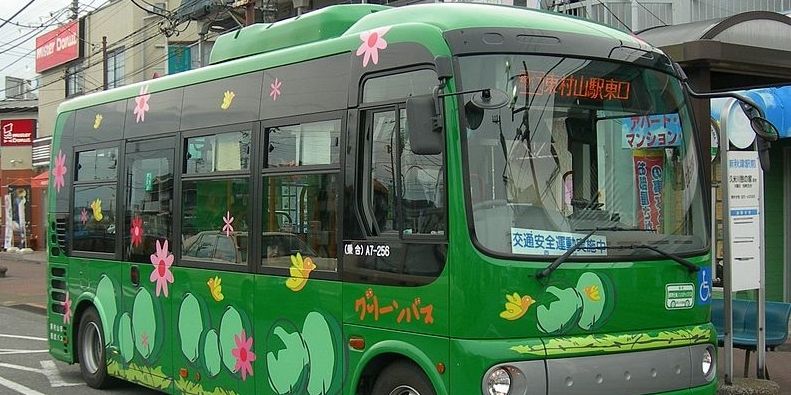Wrapped with Pride: India’s Kathi Roll Among World’s Best Wraps
I still remember the evenings when my dad would bring home hot, crispy veg Kathi rolls from our favorite roadside stall. The smell of roasted paratha, spiced vegetables, and tangy chutney would fill the air as we unwrapped them eagerly. To me, it was the best food in the world—warm, flavorful, and comforting in every bite. And as it turns out, I wasn’t entirely wrong. According to the latest list released by TasteAtlas, the Kathi Roll from Kolkata has officially been ranked sixth among the top 10 wraps in the world. It’s a proud moment for India, proving that one of our most loved street foods truly holds a special place in global cuisine.A Global List of FlavorThe new TasteAtlas ranking of the Top 38 Wraps in the World celebrates the best rolled and wrapped delights across continents. From the Greek Gyros, which topped the list, to Mexico’s burritos and enchiladas, each dish represents a country’s unique food tradition. Leading the list is Gyros from Greece, made with thinly sliced meat wrapped in soft pita bread along with tzatziki sauce, onions, and tomatoes. Next comes Sangchu Ssam from South Korea, where fresh lettuce leaves are used to hold rice, sliced meat, and spicy condiments. Tantuni from Turkiye follows a beloved street food of thin beef or lamb cooked with tomatoes, onions, and spices, all served in lavash bread. From Mexico, Enchiladas Suizas make the list with corn tortillas topped with a rich, creamy milk-based sauce.The Carne Asada Burrito from the USA offers a hearty flour tortilla filled with grilled beef, pico de gallo, and guacamole. Representing India at the sixth spot is the iconic Kathi Roll from Kolkata, featuring roasted kebab meat wrapped in a flaky paratha. The list continues with more Mexican favorites: the classic Burrito, a wheat tortilla stuffed with meat, beans, and cheese; Enchiladas, tortillas dipped in chili sauce and filled with meat or cheese; Mulita, a crispy tortilla sandwich with meat, cheese, and salsa; and finally, Enchiladas Mineras, a rustic dish stuffed with vegetables and cheese. Together, these dishes showcase how every culture has its own flavorful way of turning simple wraps into culinary masterpieces.India’s Pride: The Legendary Kathi RollThe Kathi Roll, sometimes spelled Kati Roll, is more than just a wrap; it’s a symbol of Kolkata’s culinary innovation. It originated in the 1930s at the legendary Nizam’s Restaurant in the bustling streets of Kolkata. The story goes that British officers, who often dined there, disliked eating kebabs with their hands. To solve this, the cooks wrapped the juicy, skewer-roasted kebabs in a flaky paratha, making them easy to hold and eat. And just like that, a timeless street food classic was born. The word “Kathi” actually means “stick” in Bengali, referring to the metal skewers used to cook the kebabs. Over time, this simple innovation became a sensation across the city and, later, across India.What Makes a Kathi Roll Special?A traditional Kathi Roll is made with a flaky, golden paratha that’s layered and slightly crisp. Inside, it holds a flavorful filling of kebab, chicken, paneer, or vegetables, with an egg coating cooked directly onto one side of the paratha. Chutneys and onions add a tangy and spicy kick, making every bite rich in flavor. This perfect mix of textures and tastes makes the Kathi Roll truly unforgettable—warm, soft, spicy, and satisfying. Over time, it has evolved to suit all preferences, with versions like egg rolls, paneer tikka rolls, mushroom rolls, and cheese rolls, all while keeping its original charm and essence intact.From Kolkata’s Streets to the Global StageThe recognition by TasteAtlas is not just about food; it’s a celebration of India’s street food heritage. Street foods like the Kathi Roll are part of India’s cultural identity. They bring people together—students, office workers, and travelers all united by the love for quick, flavorful, and affordable meals. That a dish born on the streets of Kolkata has now taken a seat among the world’s best wraps is a powerful reminder of how local flavors can achieve global fame. So when the world now celebrates the Kathi Roll as one of the top 10 wraps globally, it feels like a victory for every Indian who ever unwrapped one on a busy evening and smiled at the familiar warmth inside. From Nizam’s kitchen in 1932 to the TasteAtlas 2025 global list, the Kathi Roll’s journey has been remarkable. It proves that simple, soulful food often makes the deepest mark on people’s hearts and taste buds. The Kathi Roll’s inclusion among the world’s top wraps is more than a culinary achievement. It’s a moment of pride for India, a tribute to Kolkata’s street food culture, and a delicious reminder that great things often start with small, flavorful beginnings.

.jpg)

